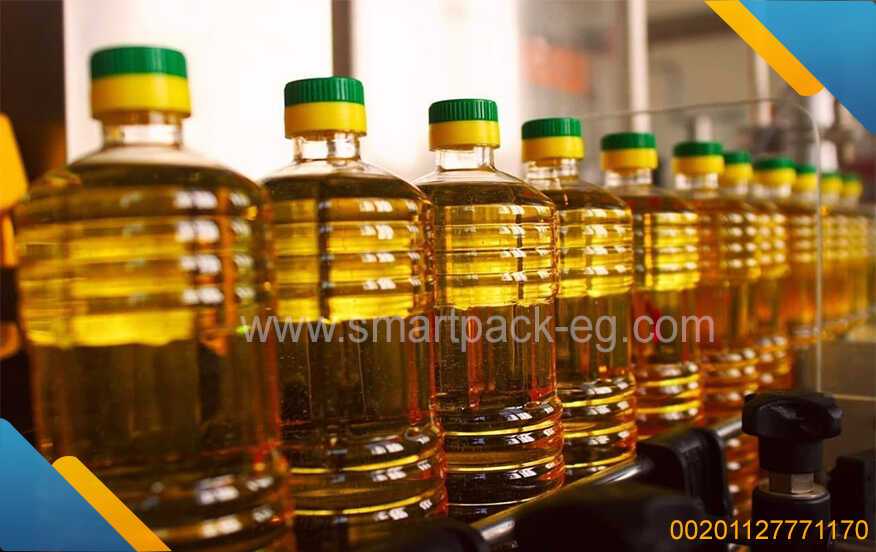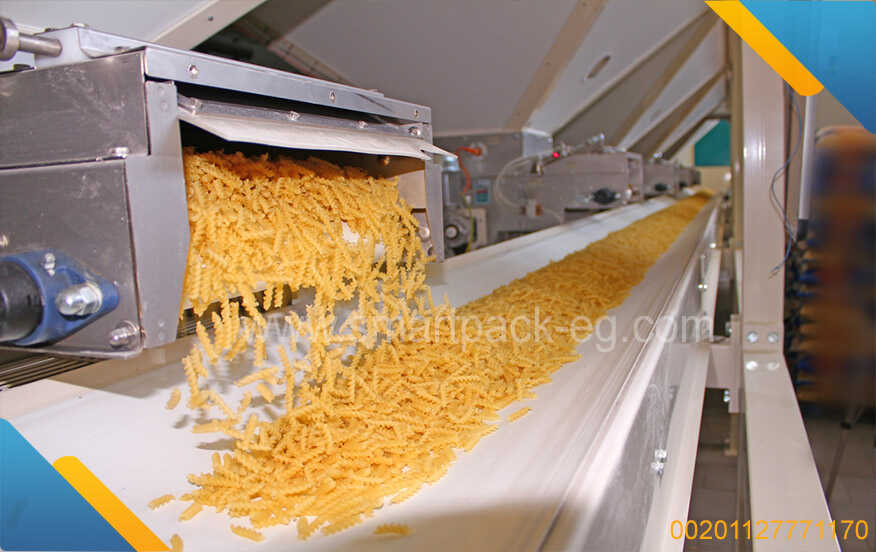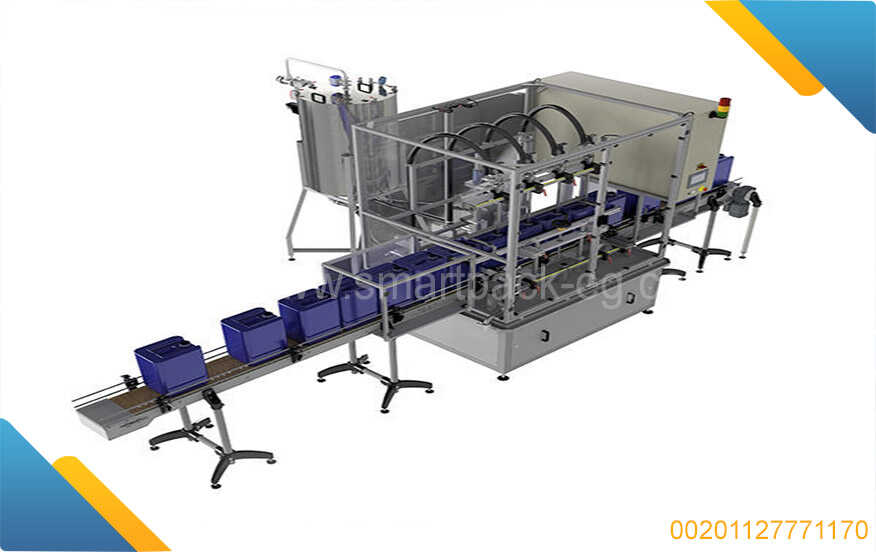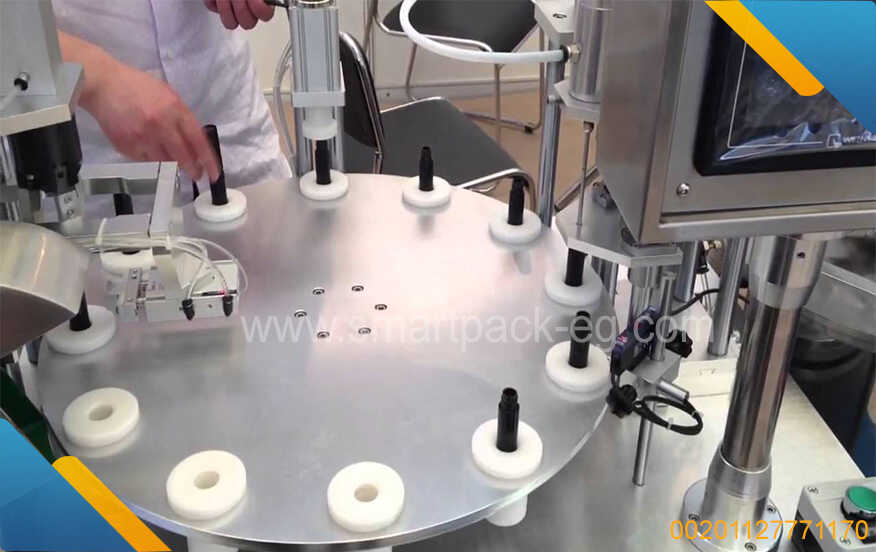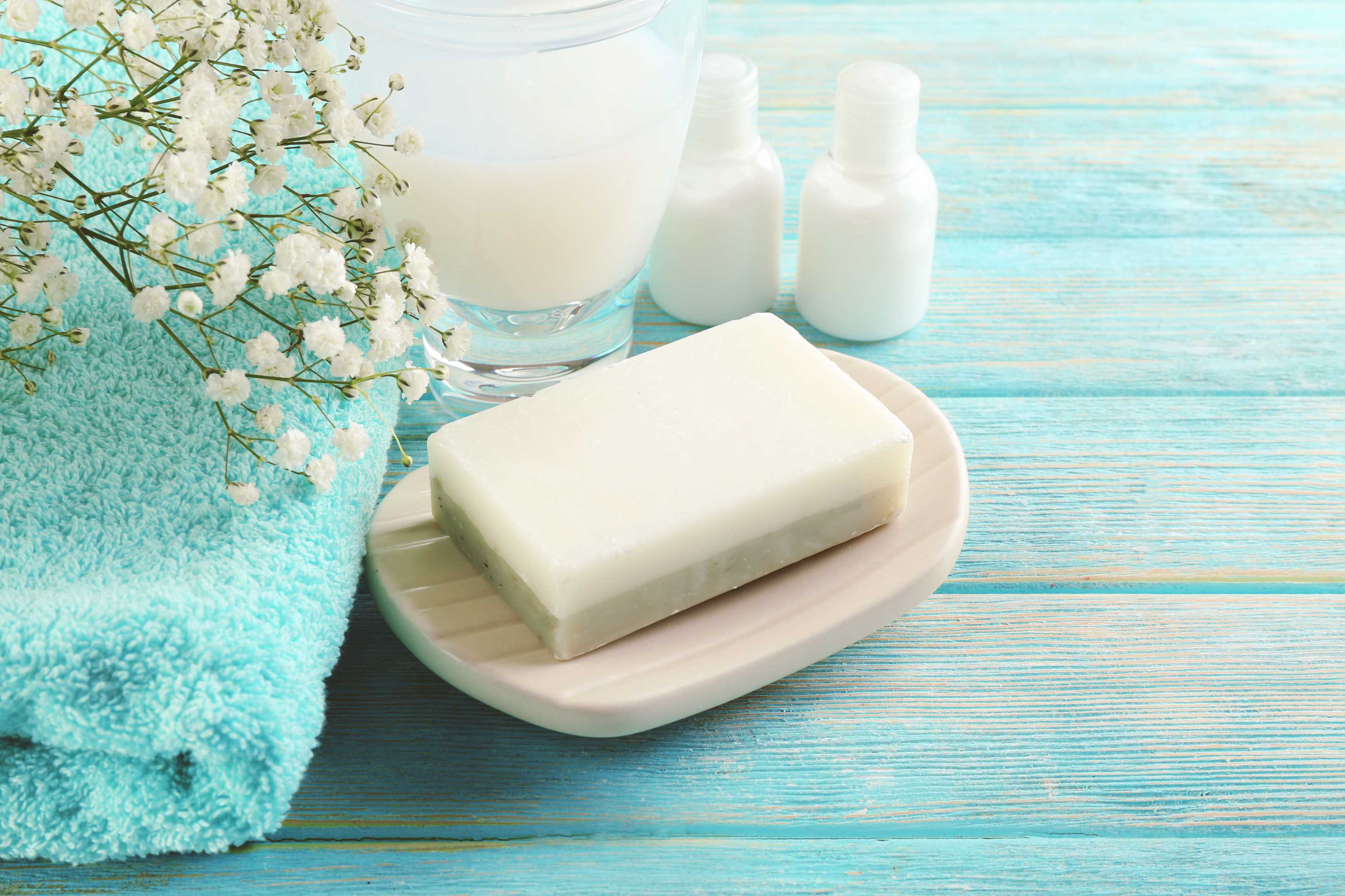Title: The Secrets of Manufacturing Detergents, Chemical Formulations, and Packaging Machines: A How-To Guide
Introduction:
Manufacturing detergents, creating chemical formulations, and utilizing efficient packaging machines are vital aspects of the cleaning products industry. While it may seem complex, this guide aims to simplify the process by revealing the secrets behind successful manufacturing. By following these steps, you can maximize efficiency and produce high-quality cleaning products that meet market demands effectively.
Table of Contents:
-
Understanding Detergent Manufacturing:
a. Types of Detergents
b. Ingredients and Formulations
c. Safety Considerations -
Chemical Formulations:
a. Research and Development
b. Quality Control and Testing
c. Regulatory Compliance -
Packaging Machines:
a. Types of Packaging Machines
b. Evaluating Machine Efficiency
c. Maintenance and Optimization
Section 1: Understanding Detergent Manufacturing
a. Types of Detergents:
There are various types of detergents, including dishwashing liquid, laundry detergent, floor cleaners, and more. Understanding the specific requirements and characteristics of each detergent type is crucial before formulating or manufacturing them.
b. Ingredients and Formulations:
Research the ingredients required for each type of detergent, such as surfactants, enzymes, builders, and fragrances. Proper formulation requires careful consideration of ingredient compatibility, effectiveness, cost, and environmental impact.
c. Safety Considerations:
Ensure adherence to safety protocols during manufacturing processes. This includes appropriately handling chemicals, implementing safety measures to protect workers, and complying with relevant regulations.
Section 2: Chemical Formulations
a. Research and Development:
Thoroughly research existing formulations or consult with experts in the field to develop new formulations that meet customer demands. Stay updated with industry trends to create innovative products.
b. Quality Control and Testing:
Establish a robust quality control process to ensure consistent product quality. Regularly test your formulations for factors such as pH, viscosity, cleaning efficacy, stability, and shelf life.
c. Regulatory Compliance:
Familiarize yourself with local and international regulations governing the production and use of detergents. Comply with labeling requirements, ingredient restrictions, and environmental standards.
Section 3: Packaging Machines
a. Types of Packaging Machines:
Explore various packaging machine options, including automated filling machines, labeling machines, and packaging lines. Choose equipment that suits your production volume and packaging requirements.
b. Evaluating Machine Efficiency:
Optimize your packaging processes by considering speed, accuracy, ease of use, and maintenance requirements. Efficient machines will improve productivity, minimize wastage, and reduce overall costs.
c. Maintenance and Optimization:
Regularly maintain and service your packaging machines to ensure consistent performance. Train your staff on proper machine operation and troubleshooting techniques to minimize downtime.
Conclusion:
Successfully manufacturing detergents, creating chemical formulations, and utilizing efficient packaging machines is achievable by following a systematic approach. By understanding the detergent type, formulating appropriate chemical compositions, and adopting effective packaging machines, you can manufacture high-quality products that meet market demands. Remember to prioritize safety protocols, research and development, quality control, regulatory compliance, and proper maintenance to ensure long-term success in the ever-evolving cleaning products industry.

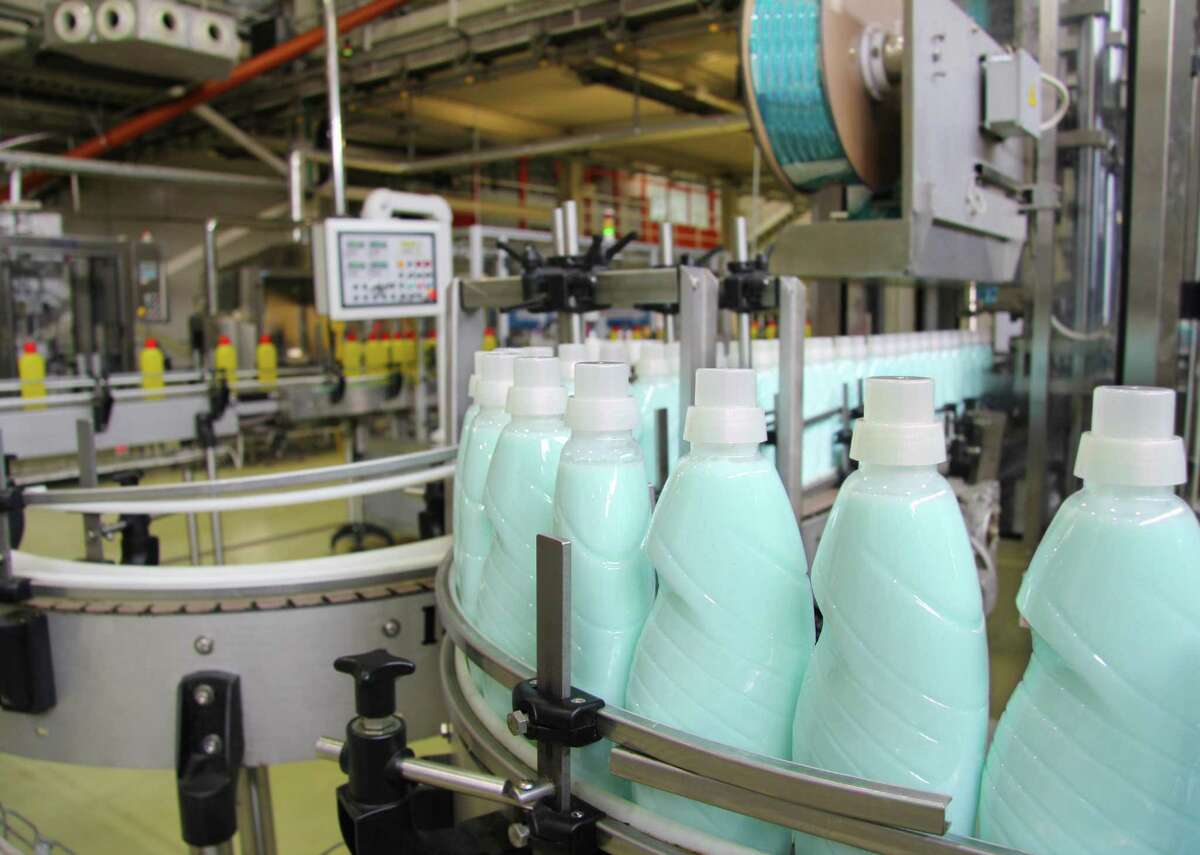
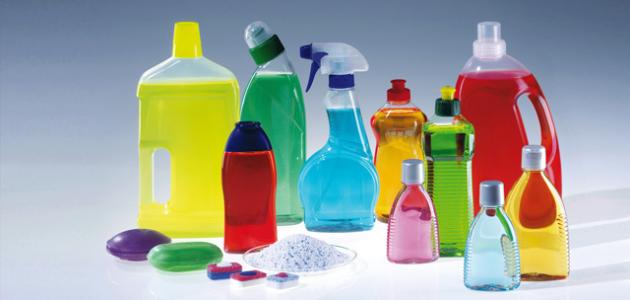
 Admin
Admin 